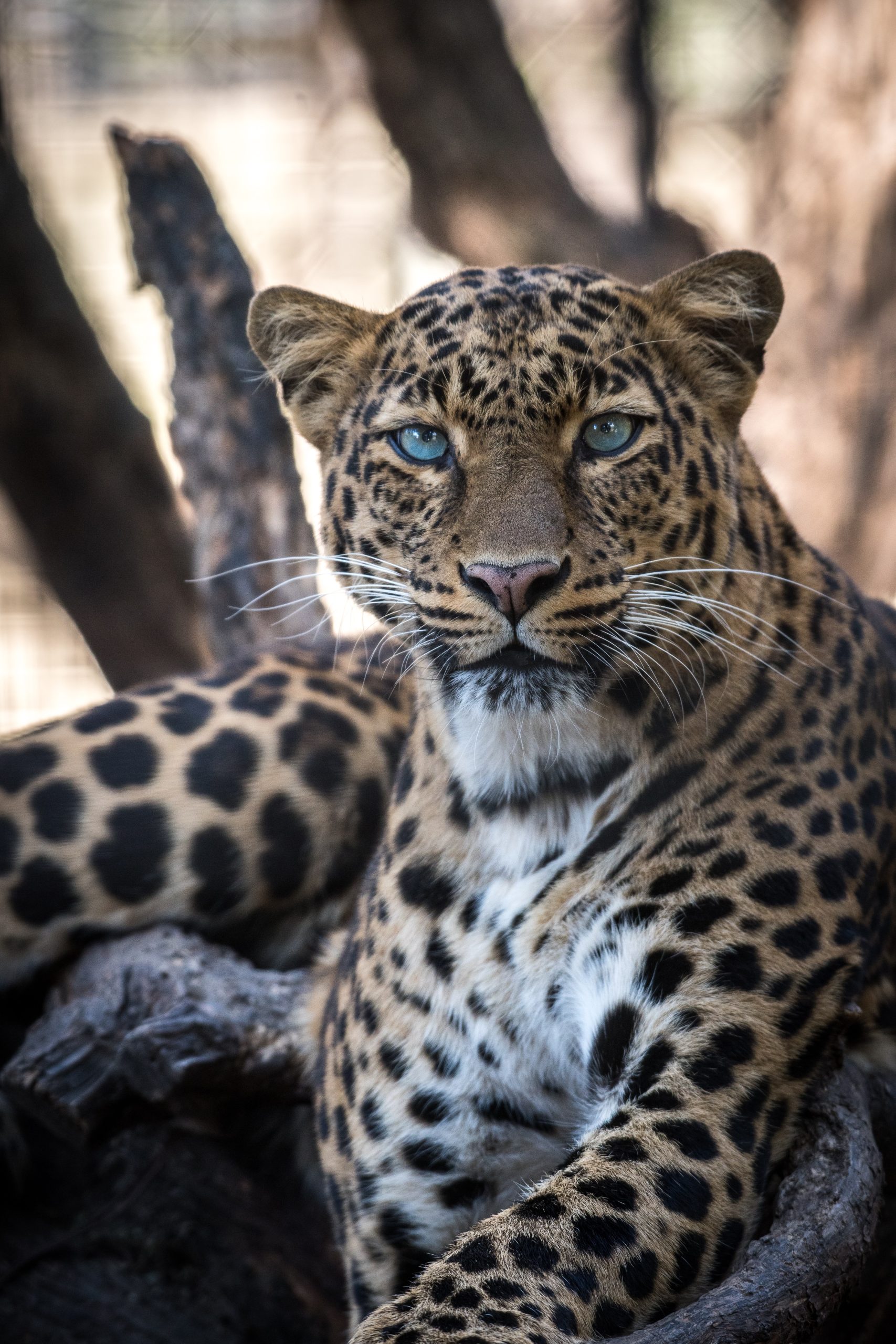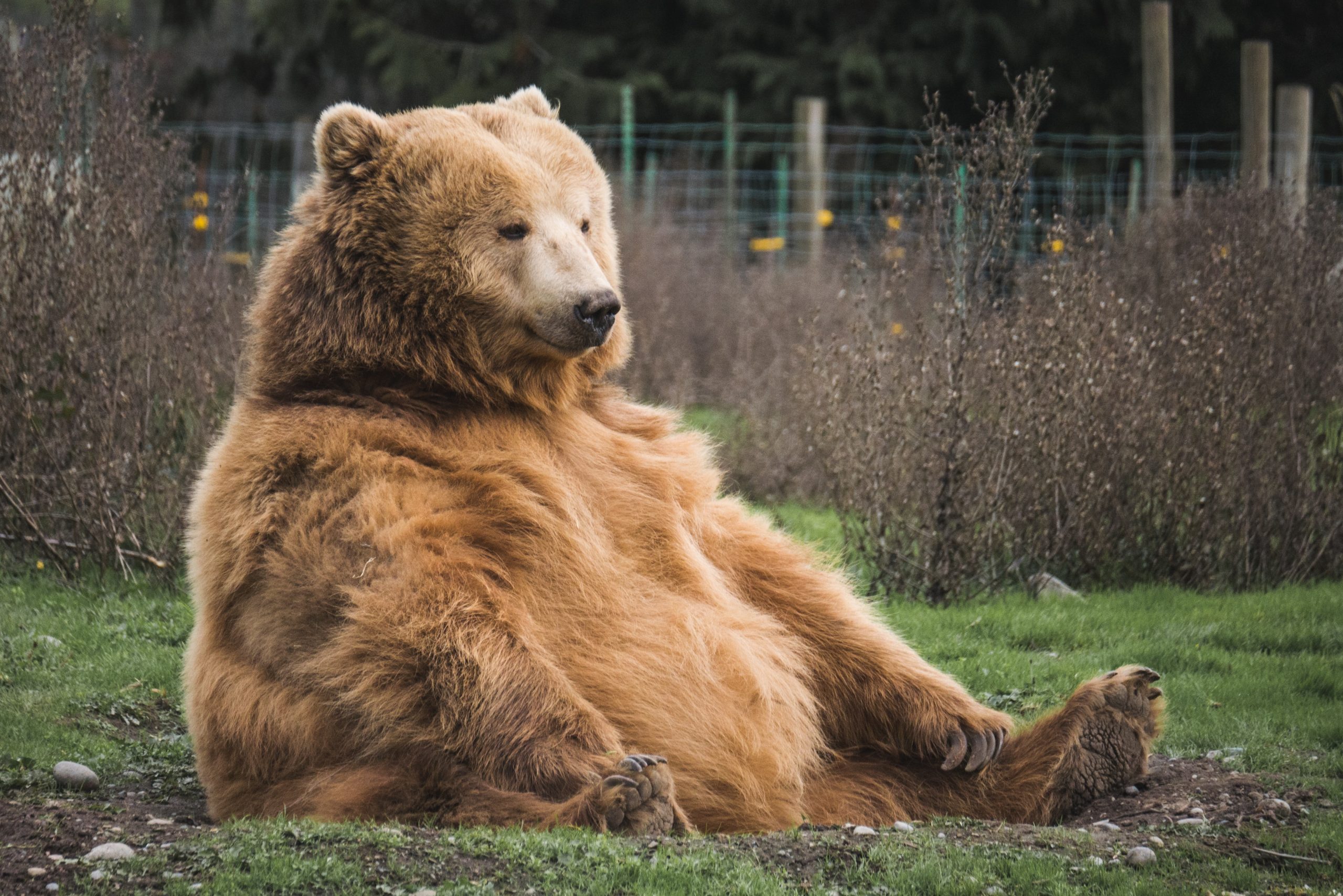Leopards have long captured the imagination of people around the world. These fierce and beautiful animals have played a significant role in the mythology, folklore, and art of many cultures throughout history. From Africa to Asia, the leopard has been revered as a symbol of strength, courage, and beauty.
In many African cultures, the leopard is a revered and feared animal. In some tribes, leopards are seen as the spirits of the ancestors, while in others, they are regarded as powerful hunters and protectors. The leopard is often depicted in traditional African art, and its image is used in many tribal symbols and emblems.
In India, the leopard has played a significant role in Hindu mythology. The goddess Durga is often depicted riding a leopard or tiger, and it is said that the leopard is one of her many incarnations. The leopard is also a popular figure in Indian art, and its image can be found in everything from paintings to textiles.
In China, the leopard has been revered as a symbol of power and authority for centuries. In traditional Chinese art, leopards are often depicted alongside dragons and other mythical creatures. The leopard is also associated with the element of metal, which represents strength and courage.
In Europe, the leopard has been a popular symbol of nobility and royalty since the Middle Ages. The leopard was often used in coats of arms and heraldry, and its image can still be found on many European flags and emblems today.
Despite its cultural significance, leopards have faced many threats throughout history. Habitat loss, poaching, and human-wildlife conflict have all contributed to a decline in leopard populations in many parts of the world. However, conservation efforts are underway to protect these magnificent animals and ensure their survival for future generations.
One of the key organizations leading the way in leopard conservation is the Leopard Conservation Trust (LCT). Based in South Africa, the LCT works to protect leopards through research, education, and community outreach. They use a variety of methods to study leopard populations, including camera traps and radio tracking, and work closely with local communities to reduce human-wildlife conflict.
Another important organization working to protect leopards is the World Wildlife Fund (WWF). The WWF has launched a number of initiatives to protect leopard populations around the world, including the establishment of protected areas and the implementation of anti-poaching measures. They also work with local communities to promote sustainable land use practices and reduce human-wildlife conflict.
In conclusion, leopards have played a significant role in the mythology, folklore, and art of many cultures throughout history. From Africa to Asia, the leopard has been revered as a symbol of strength, courage, and beauty. While these magnificent animals continue to face threats, conservation efforts led by organizations like the Leopard Conservation Trust and the World Wildlife Fund are working to protect and conserve leopard populations around the world. By working together, we can ensure that these fierce and beautiful animals continue to thrive and inspire future generations.










